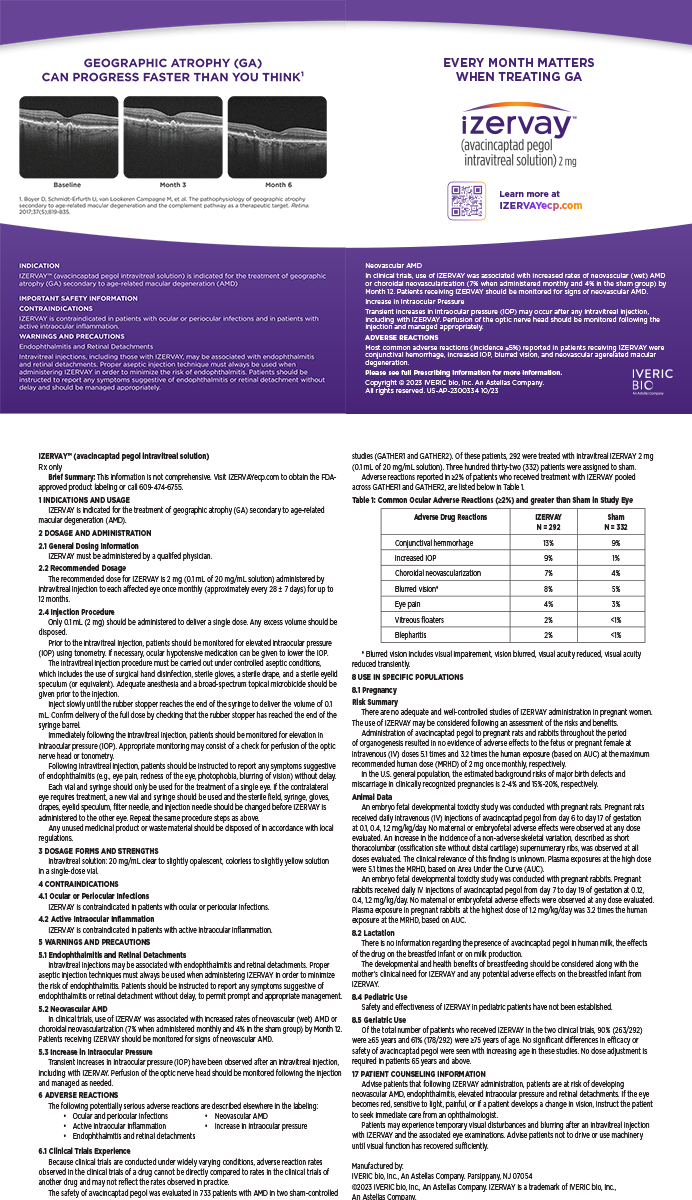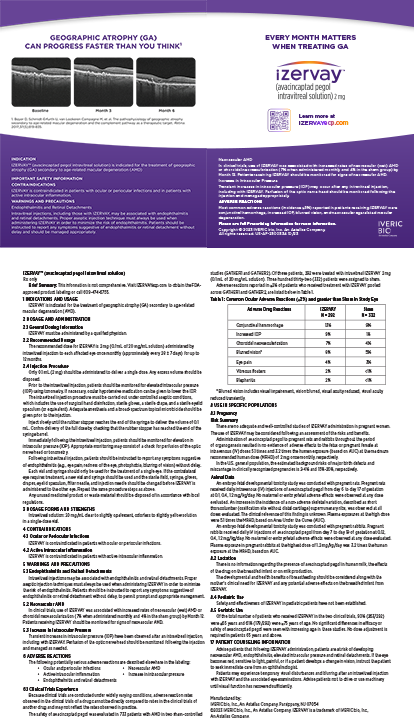
IOL exchange procedures in eyes with silicone oil can pose several challenges. First, the oil can interact negatively with certain IOL materials, causing significant vision loss and aberrations.1-3 Second, the oil can obstruct the intraoperative view during both retinal and cataract surgery. Lastly, the oil can affect the refractive index of the eye and make IOL selection more difficult. A recent case illustrates the importance of accurate preoperative measurements in these cases.
CASE PRESENTATION
A 42-year-old woman with a history of repeated retinal detachment, scleral buckle, and proliferative diabetic retinopathy presented with a cataract a few months after a silicone oil repair. The oil remained in the eye, which had a refraction of approximately -0.50 D of myopia and 20/400 visual acuity. The visual potential of the eye was uncertain.
A technician obtained the necessary measurements with the IOLMaster (Carl Zeiss Meditec), and a 13.00 D IOL was suggested. The silicone oil setting, however, was not applied. This setting considers the refractive index of the silicone oil and must be used regardless of whether the oil remains in the eye after surgery (Figure 1). The refractive index of silicone oil is approximately 1.41, which is similar to that of an IOL. The oil touches the posterior surface of the IOL and can nullify its posterior power. A higher-powered IOL must therefore be implanted to account for the difference. A good rule of thumb is to increase the IOL power by 6.00 to 7.00 D. I therefore chose a 20.00 D IOL for the patient.

Figure 1. Preoperative measurements must include the silicone oil setting.
Additionally, I perform a calibration with the ORA System (Alcon). Specifically, the phakic manifest refraction is compared to the manifest refraction in the lane, -1.56 versus -0.50 D in this case (Figure 2). I wanted to determine if the ORA could get a reading through the silicone oil. The fact that the ORA phakic reading was similar to the in-office manifest refraction suggested to me that the ORA was able to take readings through the silicone oil. It is important to understand, however, that the ORA takes axial length and keratometry into account when doing the IOL calculation and thus the fact that the axial length measurements may not be accurate. I was concerned about how the ORA IOL calculation would be affected by even slight variations in the axial length measurements.

Figure 2. Calibration with the ORA System.
TIPS FOR A Smooth SURGICAL PROCEDURE
Sometimes, silicone oil works its way around the zonules. This did not occur, and cataract surgery was relatively straightforward.
A few tips for surgery on eyes like this one are to maintain the IOP, create watertight incisions, and ensure a continuous flow of fluid throughout the procedure. If silicone oil appears to be coming forward, the anterior chamber should be refilled with an OVD to avoid an increase in posterior pressure.
The ORA System found a pseudophakic refraction spherical equivalent of +3.18 D with the 20.00 D IOL implanted. Knowing that approximately 50% of the IOL power would be negated owing to the interaction between the posterior optic and the silicone oil interface, I exchanged the lens for a 25.50 D IOL to account for the approximately 3.00 D refractive miss measured by the ORA System. I utilized the cartridge pull-through technique first described by Fukuoka (Figure 3).4 Most IOL explantation techniques require multiple maneuvers to cut the optic and remove the IOL pieces through a small incision or fold a one-piece acrylic IOL with a two-handed technique. Fukuoka’s technique, in contrast, requires less manipulation in the anterior chamber, reducing the risk of complications such as corneal tears. The first step of the technique is to implant a new IOL. Then, forceps are inserted into the IOL cartridge. The lens is grabbed and pulled back through the cartridge, like reverse insertion. The cartridge pull-through technique is atraumatic and requires no sharp instruments.

Figure 3. Steps of the cartridge pull-through technique. The second IOL is implanted (A). Forceps placed through an IOL injector are used to grab and remove the IOL (B).
Two weeks after surgery, the manifest refraction spherical equivalent was 0.25 D. In retrospect, a 26.00 D IOL would have been a better choice, but the patient was happy with the result.
CONCLUSION
IOL exchange in eyes with silicone oil demands a thorough and meticulous technique. The cartridge pull-through method described by Fukuoka can be a helpful strategy for completing the procedure atraumatically.
1. Kusaka S, Kodama T, Ohashi Y. Condensation of silicone oil on the posterior surface of a silicone intraocular lens during vitrectomy. Am J Ophthalmol. 1996;121(5):574-575.
2. Bartz-Schmidt KU, Konen W, Esser P, Walter P, Heimann K. Intraokulare silikonlinsen und silikonöl. Klin Monbl Augenheilkd. 1995;207(3):162-166.
3. Apple DJ, Federman JL, Krolicki TJ, et al. Irreversible silicone oil adhesion to silicone intraocular lenses. A clinicopathologic analysis. Ophthalmology. 1996;103(10):1555-1561.
4. Fukuoka S. Minimally invasive IOL extraction. Video presented at the: 2020 ASCRS Virtual Annual Meeting; May 2020.




